Micro Challenge IV FabAcademy¶
link to my repository (https://github.com/emiliosmith/MicrochallengeIV.git)
===============

History of the compost part 4, a New Hope¶
We use this Microchallenge IV to have the opportunity to finish and detail what is needed to complete our final design intervention of the Master´s.
Context of the design intervention¶
The past weeks we have been making our community intervention around the compost. We began our approach by searching the different communities in the proximity, and we found a Hort6 around IAAC’s corner.
Hort6 is a community garden in an okupa space which is part of an initiative of the neighbors that were searching for a green space for social gathering but furthermore a space for be in contact with the nature, growing food and scape for their daily activities. They function by assembly and voting, and they don´t receive any collaboration of the Generalitat either they are searching for it and hey manage they own resources.
Political process¶
We approach to them in order to ignite a participatory process in where I talked about having a regenerative practice in order to have a healthier land from their organic waste. We explain them about the compost, the pros a cons of doing it and the context of or Masters and how we wanted to build collaborative networks with other actors in the proximity.
We have to wait for the political process in order to everyone be agree with it.

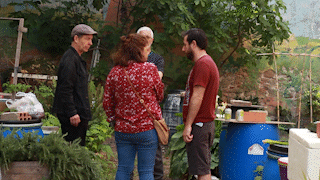
After that process was to define the place, because despite our explanation, the members still have misconceptions about the compost, like smell, animals and past bad experiences. This process takes us almost 3 weeks and at the end the final decision was taken for the most interested member of the community.
The final place in which the compost has to be located was crucial for the production and the design that we wanted to test.
While the final location was defined we made a design process in order to know more about the organization, the motivation of each member, the time and resources that everyone can provide. We map the different barriers, past experiences with compost and we build from that the design of the compost. We decided with them, we empowered them to be more confident to experiment and collaborate with other members of the community.
From waste to regenerate¶
As part of the exploration of from waste to nutrient, we make a collection of discarded pallets in order to have the material to build the bin.
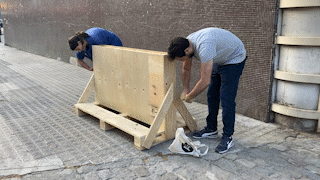
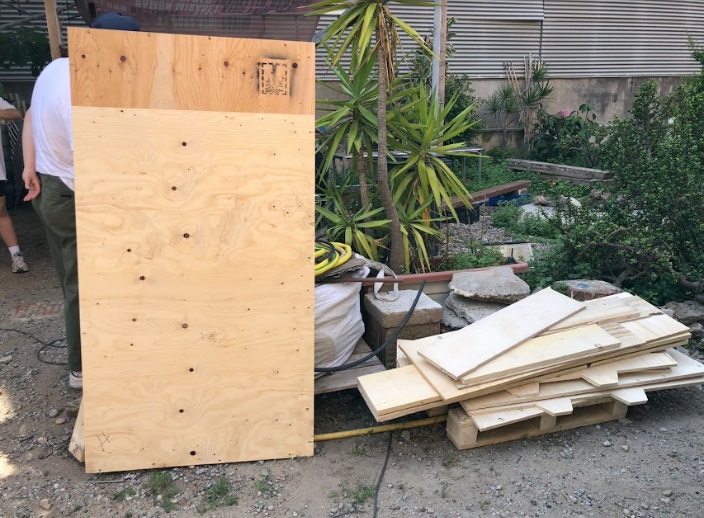
Construction¶
Some features were made by CNC with raw material but they were needed for having the exact structure and proportion, and to have a spare of parts in order to give them to the community for further composters.
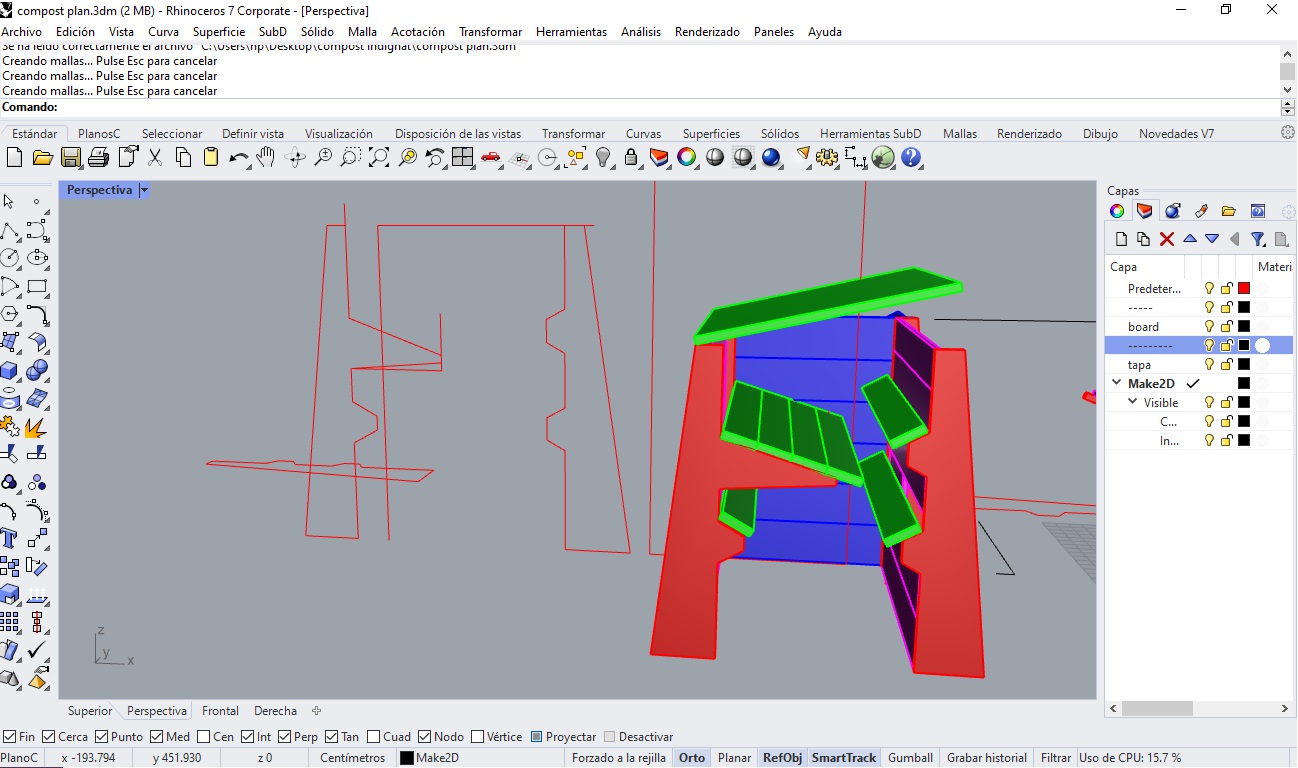

The process of building the compost was long because the decision of the final place was long and we have to change places a couple of times. During this time we have the support of a person that was in charge of maintain the space
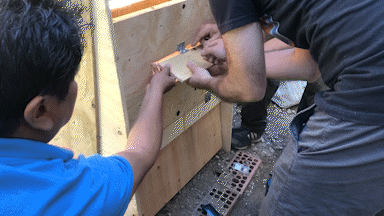
For the challenge IV¶
The commitment I made with the community just for these weeks are:
- Commitment 1.- Finish and test the lid for starting using the composter.
- Commitment 2.- Generate an user manual, interface for the community use of the compost.
- Pending
Derivate of the process they have been emerging different needs and enquires about how the compost is eventually going to integrate and regenerate the soil, so with that in mind we define another commitment:
- Commitment 3.- Prepare a guide and toolkit for testing the soil and comparing it with the compost, and evaluate the health of the soil by chemical, physical and biological testing.
- Pending
- Commitment 4.- Evaluation performance. Evaluate how well is working to make changes or adjustments, so in this part we are going to try the different sensor and empower people to use them and react from the data received.
- Pending
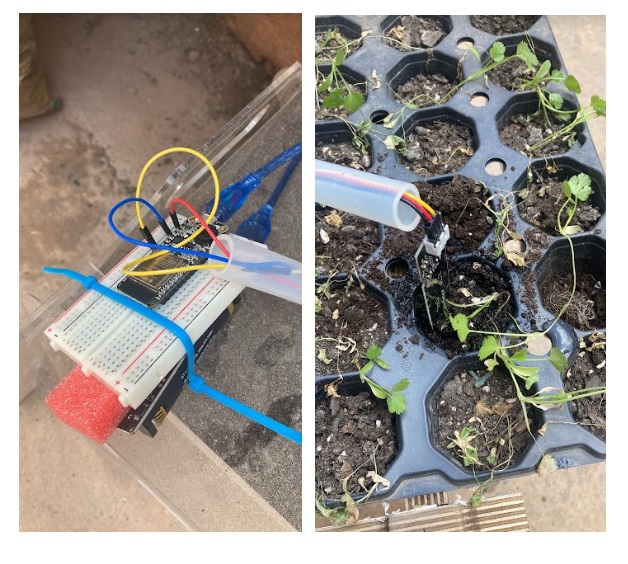
Commitment 1¶
From the review with Jonathan and the information collected, we have the feedback of a design of a bin with certain features and we add another features that we wanted to explore for making more efficient, friendly and that allow the appropriation of the technique.
We use a design based on different chambers for production, resting and maturing; and from the characteristics of the garden I wanted to explore the different ways of harvesting the solar heat in order to be more productive; with that in mind I design a lid that could help us to make different test and measure for the amount of temperature that the principal chamber have to reach creating a greenhouse effect.
With the lead we can test discarded material like tempered glass donated by Audrey and Gerda. Discarded Polycarbonate and fiberglass.
The separate doors allows to throw the waste without loosing to much heat and the separate windows would help us to exchange and test different materials.
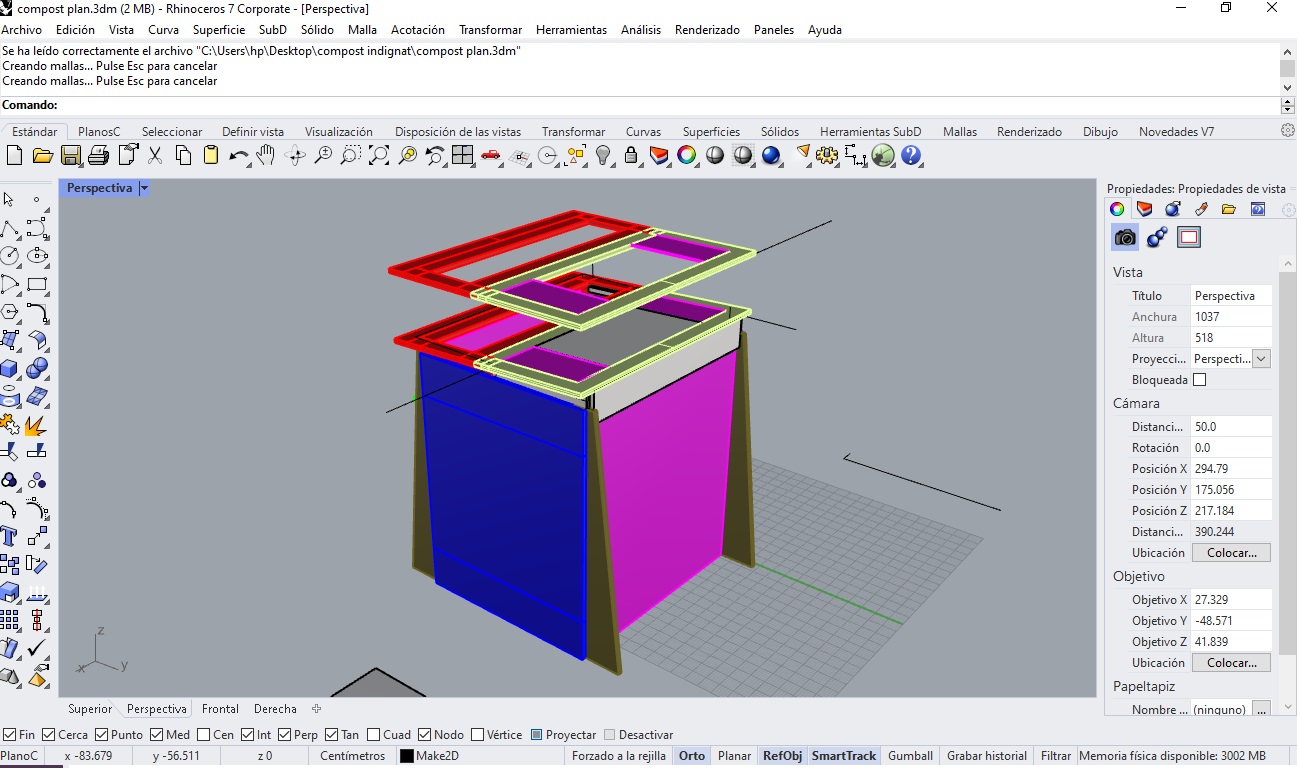
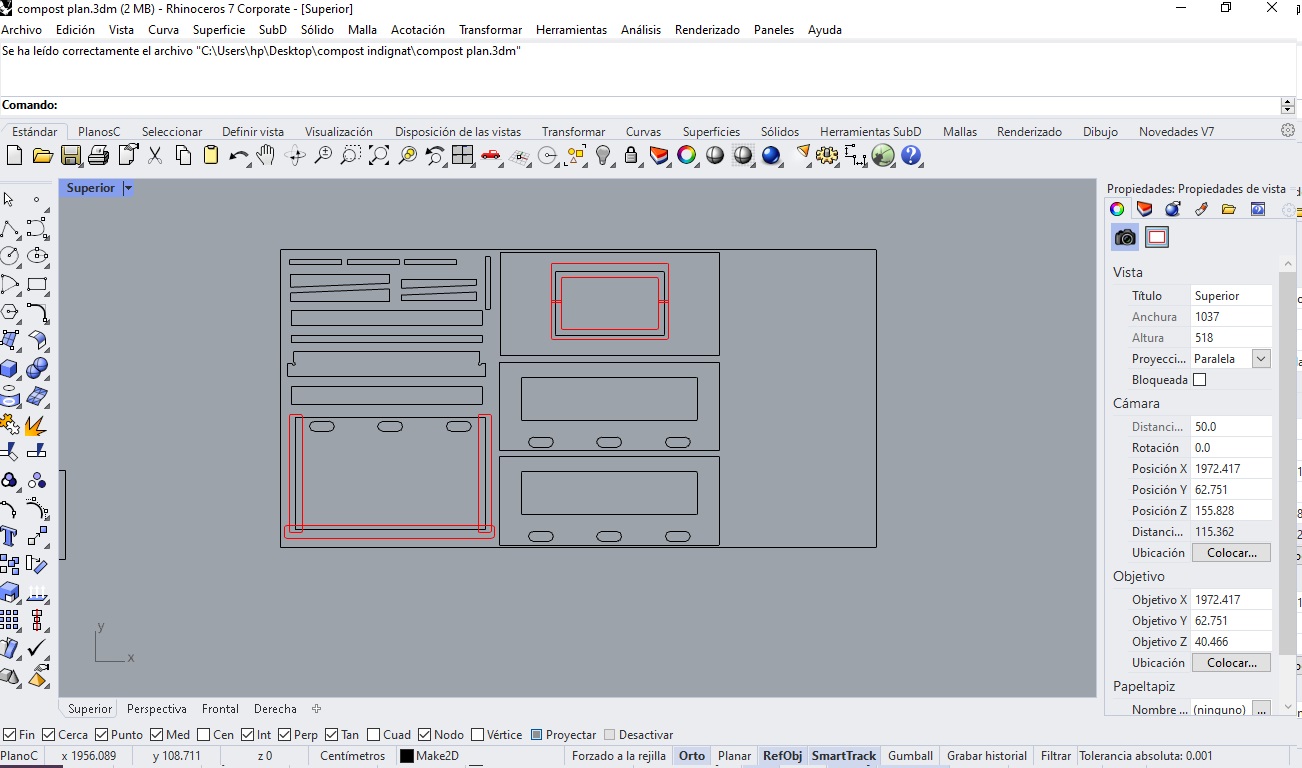
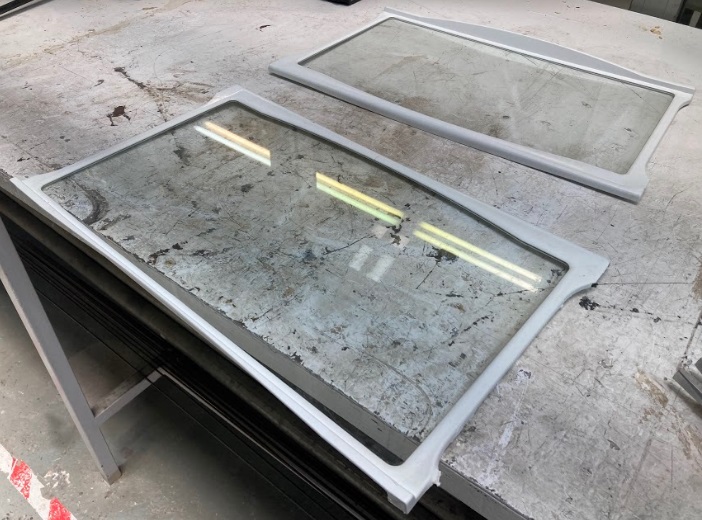
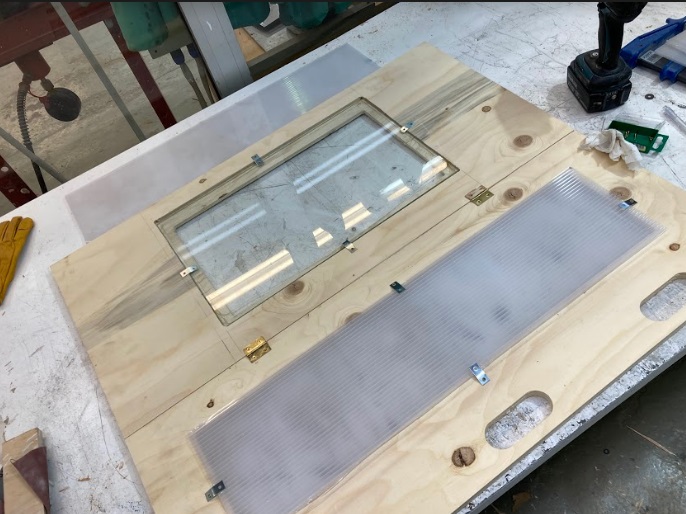
This Thursday 02 we made the installation of the lid or cover, testing glass a polycarbonate and we made the first deposition to beginning the process in the processing chamber. The next day we have to measure and evaluate the temperature, and the amount of organic matter for having an optimal performance


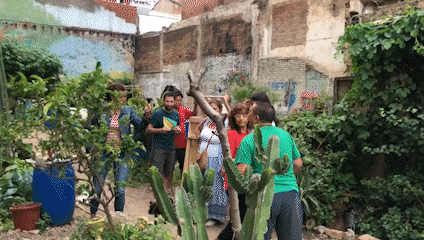
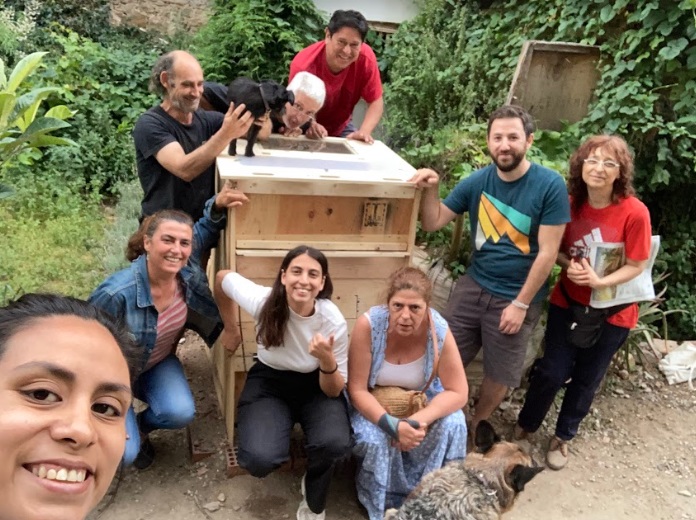
Moltes gràcies a:¶
Edu, Dafni, Josep, Santi, Adai, Víctor, Oscar, Mikel, Jonathan, Fiorella and Andrea.